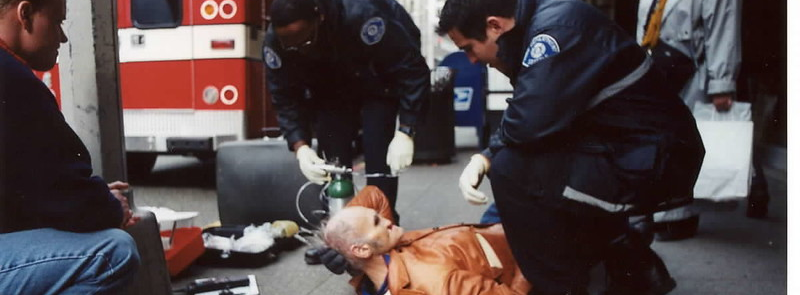
When It Occurs
Every October 29th
Timeline
Days to Come (13)
# Hashtags
#WorldStrokeDay #EmergencyMedicalCare
Every year on October 29th, World Stroke Day is observed to promote awareness about stroke, its prevention, and treatment, while also advocating for improved care and support for stroke survivors.
World Stroke Day originated from the World Stroke Congress held in Vancouver, Canada, in 2004. Recognized by the World Health Organization (WHO) as one of the most prevalent neurological conditions, understanding the signs of stroke and promptly seeking emergency medical care can be crucial in saving lives and enhancing outcomes for survivors.
History and Background
-
Inception: World Stroke Day was established by the World Stroke Organization (WSO) in 2006 to raise awareness about stroke as a leading cause of disability and death worldwide.
-
Purpose: The day aims to educate the public, healthcare professionals, and policymakers about the importance of recognizing stroke symptoms, accessing timely treatment, and implementing preventive measures to reduce the global burden of stroke.
Objectives of World Stroke Day
-
Awareness Campaign: Raise awareness about stroke risk factors, warning signs, and the importance of acting fast to seek medical help.
-
Advocacy: Advocate for improved access to stroke prevention strategies, acute treatments, rehabilitation services, and long-term care for stroke survivors.
-
Community Engagement: Engage communities in promoting healthy lifestyles, early detection, and support networks for stroke survivors and their families.
Key Messages and Campaign Themes
-
FAST Campaign: Many World Stroke Day campaigns use the acronym FAST to educate people about recognizing stroke symptoms:
- F: Face drooping
- A: Arm weakness
- S: Speech difficulty
- T: Time to call emergency services if any of these symptoms are present.
-
Risk Factor Awareness: Emphasize common risk factors for stroke, including hypertension, diabetes, high cholesterol, smoking, physical inactivity, and unhealthy diet.
Activities and Ways to Participate
-
Health Screenings: Offer free health screenings for blood pressure, cholesterol levels, and glucose levels to identify individuals at risk of stroke.
-
Educational Events: Organize seminars, webinars, and workshops led by healthcare professionals to educate the public about stroke prevention, recognition, and emergency response.
-
Social Media Campaigns: Use social media platforms to share information, personal stories of stroke survivors, and tips for preventing stroke using hashtags such as #WorldStrokeDay or #StrokeAwareness.
-
Fundraising Initiatives: Support stroke research, advocacy organizations, and rehabilitation programs through fundraising events, charity runs, or donations.
Global Impact and Recognition
-
Public Health Priority: Stroke is a major public health concern globally, with millions of people affected each year. World Stroke Day aims to reduce the incidence and impact of stroke through awareness and action.
-
Healthcare Collaboration: Encourages collaboration among healthcare providers, researchers, policymakers, and community organizations to improve stroke prevention, treatment, and rehabilitation services.
How to Get Involved
-
Learn and Share Information: Educate yourself and others about stroke symptoms, risk factors, and preventive measures.
-
Support Stroke Survivors: Offer support and encouragement to stroke survivors and their families by promoting rehabilitation services, social support groups, and community resources.
-
Advocate for Stroke Awareness: Advocate for policies and initiatives that prioritize stroke prevention, early intervention, and access to quality healthcare services for all.
World Stroke Day serves as a reminder of the importance of stroke prevention, early detection, and effective treatment to improve outcomes for individuals affected by stroke worldwide. By raising awareness and taking action, individuals and communities contribute to reducing the impact of stroke on individuals, families, and society as a whole.


